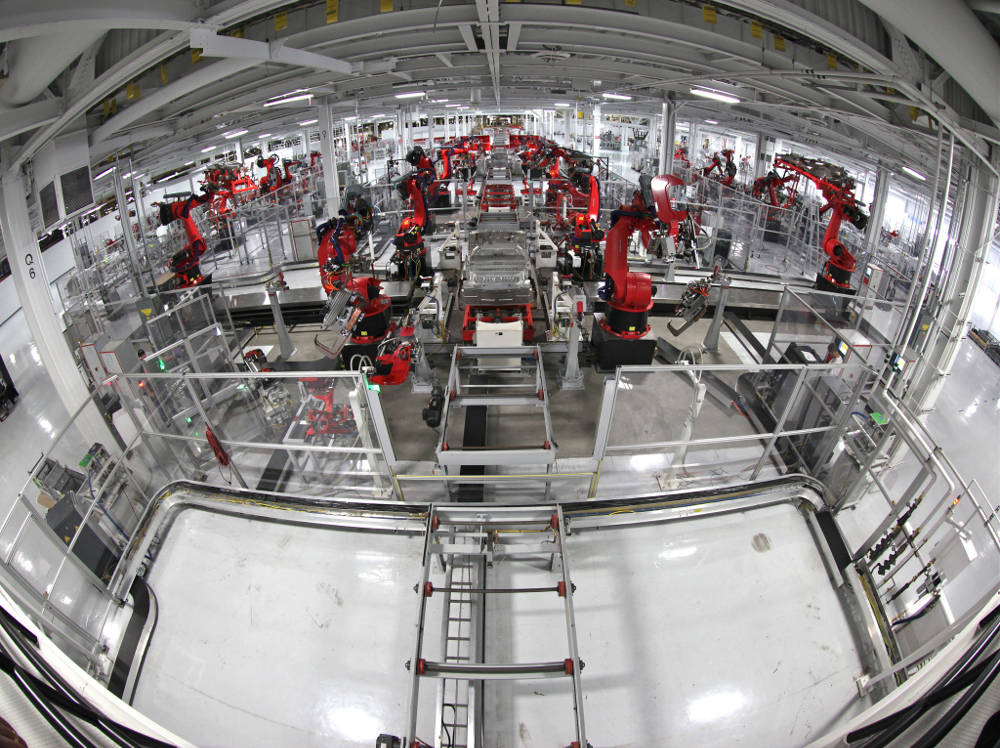[Photograph by Steve Jurvetson under Creative Commons]
There was a small restaurant in my neighbourhood. It shut down about two months ago. I didn’t give it much thought because frequent renovation or change in ownership is common for restaurants in my neighbourhood. It reopened recently with a new name and completely redone interiors. As I walked past it a few days ago, I couldn’t believe what I had just seen. Inside were two robot waiters holding trays—a far cry from the conveyor belt sushi restaurants that are common in this part of the world.
The robots might very well be just a gimmick to pull in crowds or a genuine attempt to reduce staff costs. My neighbourhood restaurant is actually a late mover in the trend of automation in the hospitality industry. In Shenzhen a space-themed hotel that opened in 2013 has a staff of almost entirely robots—from the bot manning the concierge desk to the one waiting on customers in the coffee shop and many more across the hotel. Restaurants across China have deployed robot waiters and chefs who have mastered cooking everything from dumplings to noodles. Some have even learnt the fine art of slicing noodles.
Even as robot waiters and chefs take over human jobs in some restaurants across China, their bot brethren are taking the manufacturing sector by storm. In 2011 Foxconn, the world’s largest contract manufacturer, announced its intention to deploy one million robots in its factories (and eliminate one million jobs). The first batch of Foxbots, as they have come to be known, was deployed in 2012—rumours are that the next iPhone might be assembled by an army of bots.
Using robots makes perfect sense for Foxconn. Labour costs are rising in China, pushing up the cost of manufacturing (we have seen a manifestation of this in Foxconn’s recent announcement to open 12 manufacturing plants in India where labour costs are considerably lower). And the kind of work done in Foxconn’s factories is hard, precise, repetitive and requires concentration for long hours—best suited for a robot. (On the somewhat ironic though positive side, robots won’t get depressed and commit suicide, something that’s so common in Foxconn’s factories that it has fixed ‘suicide nets’ to prevent people from jumping to death).
The Chinese government is intent on automation too. Earlier this year it announced the grand ‘Made in China 2025’ plan that aims to move the country’s manufacturing sector up the value chain. If all goes as per plan, soon robots and automation will be the norm in Chinese factories. The Chinese government’s plan takes inspiration from Germany’s Industrie 4.0 plan which emphasizes “smart factories [that] use information and communications technologies to digitize their processes and reap huge benefits in the form of improved quality, lower costs, and increased efficiency”.
The focus of the Made in China 2025 plan, as the government says, will be on 10 key high-tech sectors such as high-end robotics, advanced IT, new materials, new energy vehicles, biopharma, aerospace and aviation equipment, etc. It will heavily leverage technologies like cloud computing, the Internet of Things and big data. It aims to create ultimately 40 innovation centres across the country by 2025. Billions of renminbi will be poured into this plan. Clearly the sweatshops of Shenzhen that churned out cheap electronics, clothes, shoes, etc., don’t have a role in the new scheme of things.
A lot still depends on the actual implementation. Opinions are divided on whether China’s industry can take the great leap forward smoothly as planned, or whether it will hurtle towards the final goal. There are several challenges. For instance, many argue that China’s industry is still transitioning from traditional assembly line manufacturing to one that makes more use of technology and automation. But the level of automation required in the Made in China 2025 plan is several steps ahead of the stage it is currently at. There are also issues of different stages of development in different sectors of the industry. And there are challenges related to progress on intellectual property issues and also having the right kind of high-skilled workforce that will be required (not everything can be done by bots after all).
But if all goes as per plan, we’ll soon see a very different face of Chinese manufacturing. Gone will be the days when Made in China was synonymous with cheap and low quality. Gone will be the sweatshops. Gone will be the copycats. Hopefully then, like Germany, China will command respect for high-end manufacturing, technology and innovation.
As China plans to take its manufacturing game several notches higher, the question is: who will take its place as the factory of the world. Is India listening?

